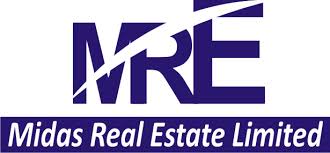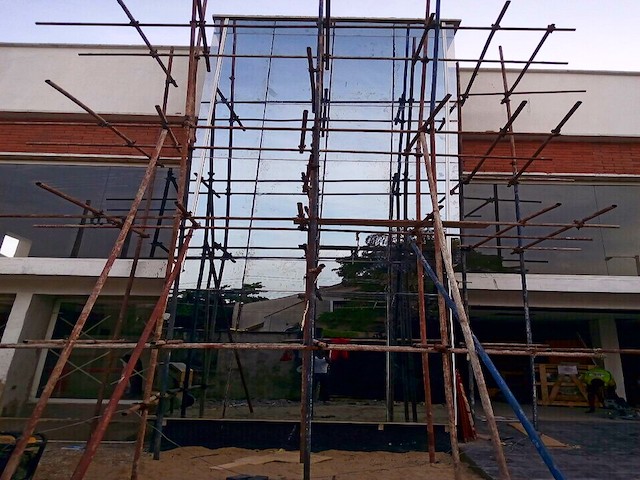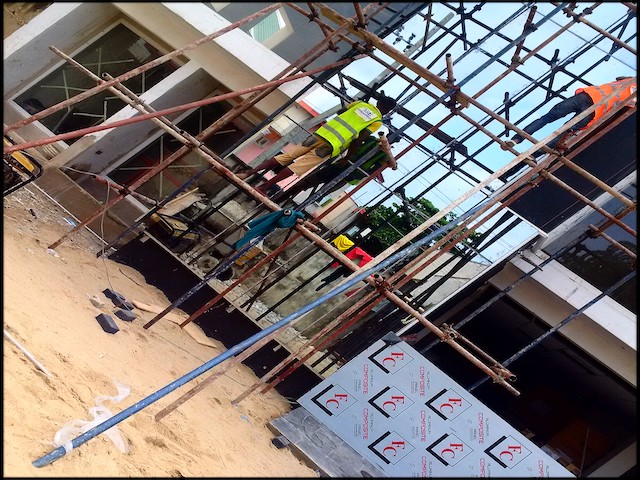A curtain wall system is an outer covering of a building in which the outer walls are non-structural, but merely keep out the weather. As the curtain wall is non-structural it can be made of a lightweight material reducing construction costs. When glass is used as the curtain wall, a great advantage is that natural light can penetrate deeper within the building. The curtain wall facades does not carry any dead load weight from the building other than its own dead load weight. The wall transfers horizontal wind loads that are incident upon it to the main building structure through connections at floors or columns of the building. A curtain wall is designed to resist air and water infiltration, sway induced by wind and seismic forces acting on the building and its own dead weight forces.
Curtain Wall Systems are typically designed with extruded aluminum members, although the first curtain walls were made of steel. The aluminum frame is typically in filled with glass, which provides an architecturally pleasing building, as well as benefits such as daylighting. However, parameters related to solar gain control such as thermal comfort and visual comfort are more difficult to control when using highly-glazed curtain walls. Other common in fills include: Stone veneer, metal panels, louvers and operable windows or vents.
Date
December 31, 2019




